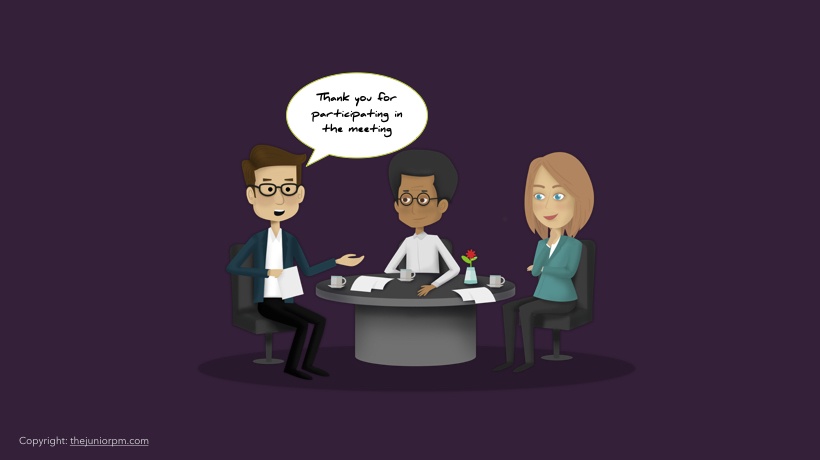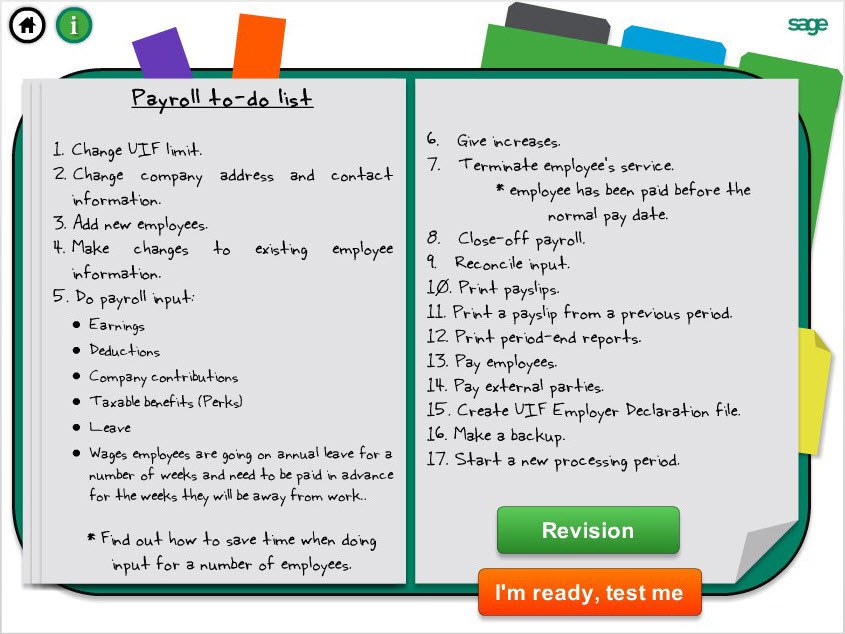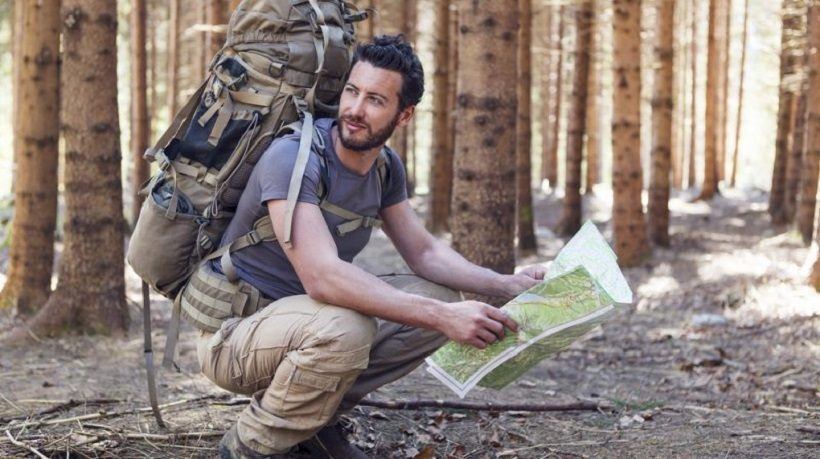Creating Story-Based Learning Content: The Layers Of Context To Consider
Let’s see how layers of context work when creating story-based learning content.
When thinking about effective learning, we consider that it has to be as close as possible to the real environment where the knowledge will be applied. Also, the content must be meaningful and engaging to satisfy the dynamically changing needs of learners.
One of the elements utilized to integrate such an approach in eLearning are stories which can be animated, or use real actors, or be written, offering examples of real-world situations, which demonstrate topic relevance to the audience. In this way, the abstract knowledge and data makes more sense for the learner. Stories also fill an emotional gap in a way that hard facts cannot. It can also motivate learners to explore the topics deeper, raise discussion, and exchange knowledge.
The Layers Of Context For A Story-Based Learning Content
To start with, let’s use an analogy of a movie. Every movie passes on a message which makes the viewer learn something. How, though, do we get to this message?
There are different characters, settings, environments and sequence of storylines which interconnect. They help create connections to the key messages which are obvious to all viewers, and establish a common understanding about the movie. Of course, each viewer has his/her own perceptions on certain aspects of the movie, because of different backgrounds and experiences, emotional sensibilities, and so on. That’s why after watching a movie people come up with different insights and can share them with each other. In this way, they learn from the movie directly, and from each other.
Our team mostly works on creating animated stories for learning. However, this approach is pretty universal and could be applied to any other eLearning content.
To create an engaging story which incorporates the required knowledge, we use a simple three-layer division of the context:

Outer Layer: Storyline (Environment)
Things to consider:
- What technologies will be used to tell the story (e.g. animation, real video footage, etc.).
- How much interaction the students will have (e.g. with the instructor, other students, etc.).
- Setup of the story (what is the science area to be explained).
- Characters (what is his/her position, character, knowledge level, etc.).
First, it’s important to define in what form the story will be told and how much interaction the learners will have, because it dictates the amount of information provided in the story, though we try to keep the videos two to three minutes long.
Then starts the most creative part, which is how a content creator visualizes the entire story and subject. You have to define what will be the most suitable storyline and environment, with a character which would appeal to the learners the most (to establish a learner’s emotional connections to the topic). For example, if the topic is focused on chemistry, maybe the main setup will be in the lab. Or, if the topic is for beginners, maybe the character can be a beginner in their area as well.
Middle Layer: Situation (Topic)
Things to consider:
- What are the key messages of the topic?
- What is the problem of the situation?
- What is the solution?
- What are the key insights?
The ‘Situation’ layer has the main knowledge transfer, where the key messages have to be passed on. A simple way to approach this is to create a situation with a problem, a solution and insights experienced by the main character.
This can apply to if the topic is some kind of tool, or a method of management. You can take a problem that occurs in a real working environment, and show how it can be solved by using the tool or method, i.e., the solution. It is important that the situation would hide some insights about the topic, so that the learner would be provoked to analyze the situation more and reflect on the story.
Inner Layer: Perception Of The Learner
Things to consider:
- The context of the learner (e.g. experience, knowledge, artifacts, and so on).
- Possible individual insights on the content.
- Environment to share the insights with other learners, and an instructor (e.g. blended learning, social learning, etc.).
This layer depends mostly on the learner and partly on the learning environment. It is important to think what the target group of learners is, and how they could share these personal insights (or not share at all). The interesting aspect of this layer is that people can step into other learners' context (e.g. experience, knowledge, examples, stories from work) and learn from each other. It’s almost the same as what happens after watching a movie.
In this way, the contextual story not only teaches a topic, it also provides a setting and direction for the further self-directed learning. And, if it’s blended learning, it helps the instructor to provide a common context for all students so that he/she can explain the topic on a more detailed level.
Using this simple approach, you can easily think through the layers of context, while creating a story-based learning content. The goal, after all, is not only to teach the topic, but also to engage the learner into further learning processes, either by gaining knowledge from other learners, or studying in a self-directed way.









